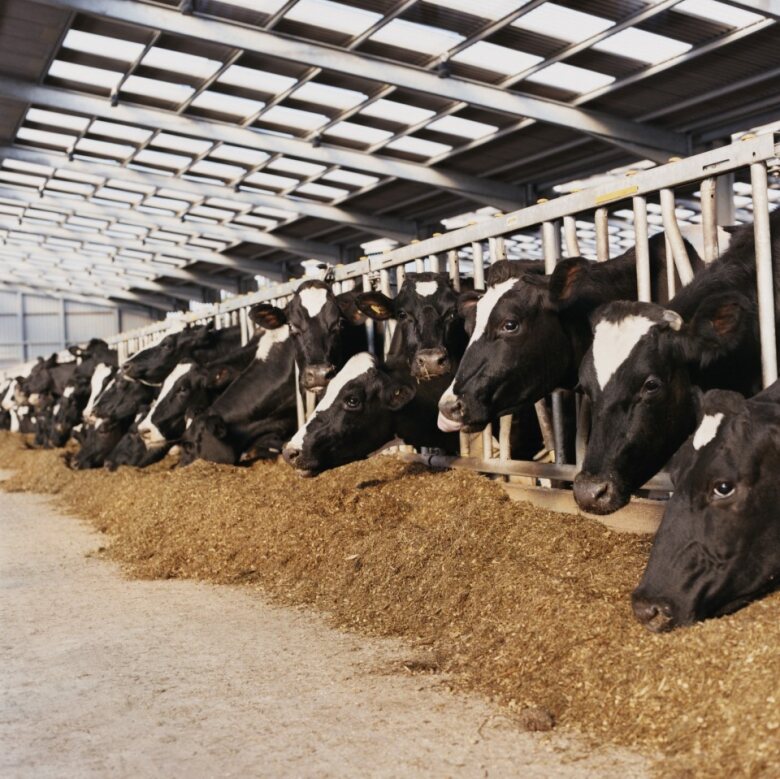See these Farm Health Online pages for in-depth information on housing livestock:
Sheep Housing & Handling Facilities
Please share any information, tools and resources relevant to housing livestock.

Proper housing is essential for the well-being, health, and productivity of livestock, as well as for the efficient management of farm operations. The type of housing and its design can vary depending on the species of livestock, climate, and specific management goals.
See these Farm Health Online pages for in-depth information on housing livestock:
Sheep Housing & Handling Facilities
Please share any information, tools and resources relevant to housing livestock.
Content below is from across the PEP community and is not necessarily endorsed by Stewards or by PEP
There are around 4.76 million pigs kept on agricultural holdings in the UK. With the UK pork market valued at £1.44 billion in 2020 (Statista).
Dairy production is a critical component of the agriculture industry focused on the sustainable production of milk and milk-derived products.
The livestock industry is an integral part of the agricultural sector, encompassing various aspects of animal husbandry and production. It plays an important role in global food security and supports the livelihoods of millions of people worldwide.
Chickens, turkeys, ducks, geese and ducks are the main categories of poultry kept for eggs, meat and breeding.
Beef production encompasses various stages, from breeding and rearing to processing and distribution.
Our slurry wizard helps you work out slurry storage requirements, explore options and comply with regulations.
For the past year, and as part of AHDB’s Strategic Dairy Farm programme, Howard and Tom Pattison, from Willow Tree Farm in North Yorkshire, have been on a mission to reduce clinical cases of mastitis in their dairy herd.For the past year, and as part of AHDB’s Strategic Dairy Farm programme, Howard and Tom Pattison, from Willow Tree Farm in North Yorkshire, have been on a mission to reduce clinical cases of mastitis in their dairy herd.
Prioritising the future of your herd and looking closely at your youngstock housing should be at the forefront of every farmer's mind.
Youngstock are the future of any farm. Investing in them is an investment in the farm’s future, too.
Stephanie Eldon and her family farm a unit with 199 dairy cows in Northern Ireland, producing 75 heifers calving into the herd per year. It is a Holstein closed herd calving all year round, with a 305-day average yield of 8,896 litres (L).
Improving existing buildings or designing new builds to the best standards has a lasting and positive impact on animal health and productivity.
Join us (AHDB) virtually for a practical workshop, highlighting the shed ventilation solutions at Willow Tree Farm.
Livestock populations provide people with a variety of products and services, including meat, milk, eggs, fibre and draught power, in a wide range of environments. This diversity of function is only possible because of the diversity of their genetic make-up.
Housing Systems for Species-specific Rearing with Mother Cows and Nurse Cows